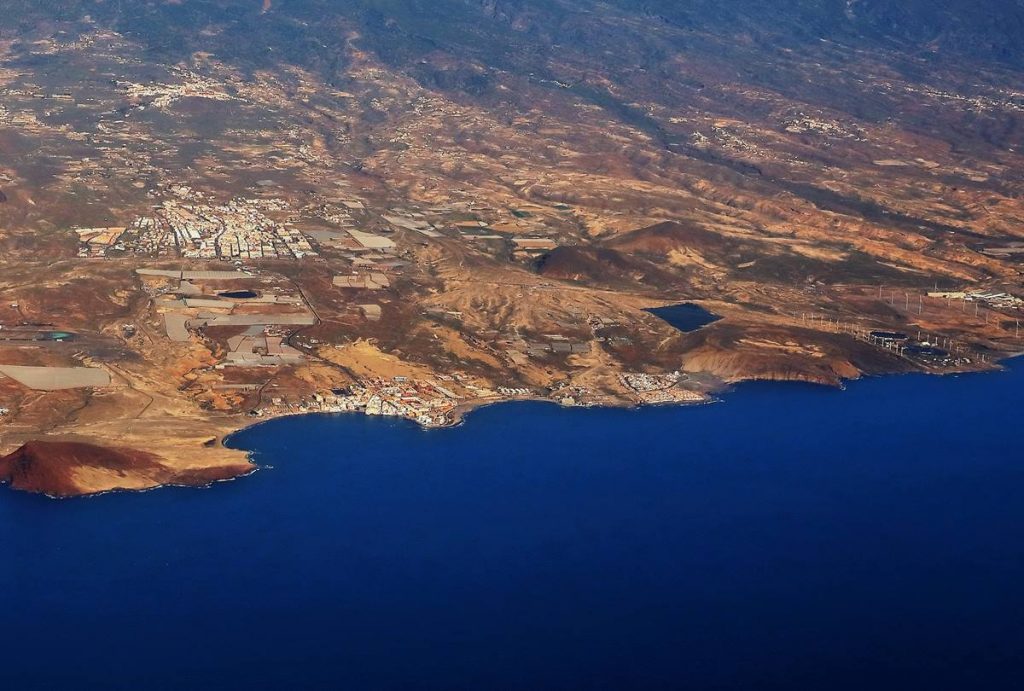
The strategy to end the residual discharges in Tenerife will have until 2024 a staff superior to the €220 millionfrom funds of the Council of Tenerife and the central government, with which the current purification model will be changed, the island president, Pedro Martín, said on Monday.
The investment of these more than 220 million euros will mean going from 40 percent of the wastewater that was blocked in 2019 to purifying more than 80% of the water generated on the island, Pero Martín said in a statement.
The president of the Cabildo de Tenerife has highlighted the “budgetary and technical effort in terms of water purification and regeneration that has been launched in the last two years and that is unparalleled with anything that had been done on the island until now”.
He pointed out that in this mandate the largest agreement in the history of the Cabildo in this matter has been formalized with Aguas de las Cuencas de España (Acuaes), through which more than 170 million euros will be invested, of which 85 million are contributed by the insular corporation to improve and start up infrastructures that fix a historical problem in Tenerife.
residual discharges in Tenerife
To the 170 million euros of the agreement with Acuaes, 30 million euros of investment from the central government in the Santa Cruz treatment plant are added.
In addition, Martin continues, almost 20 million from the Cabildo for the works of the urban and industrial treatment plants in the Güímar Valley with an investment of 12.7 and 6.9 million euros, respectively, the Fasnia treatment plant, with 1.1 million, 1.5 million invested in the EDARI of La Campana and the six million that the Polígono de Granadilla will allocate to the start-up of its treatment plant, which are added to other interventions such as the deodorization of the ETBAR of Playa de las Américas, with 1.5 million; and purification actions in Isla Baja.
In addition, he stressed that, among the objectives of the Cabildo is the start-up, in 2024, of 12 treatment plants in operation, of which “currently five are already working, another five in the process of construction and two in project, compared to to the only four that existed in 2019.”
















